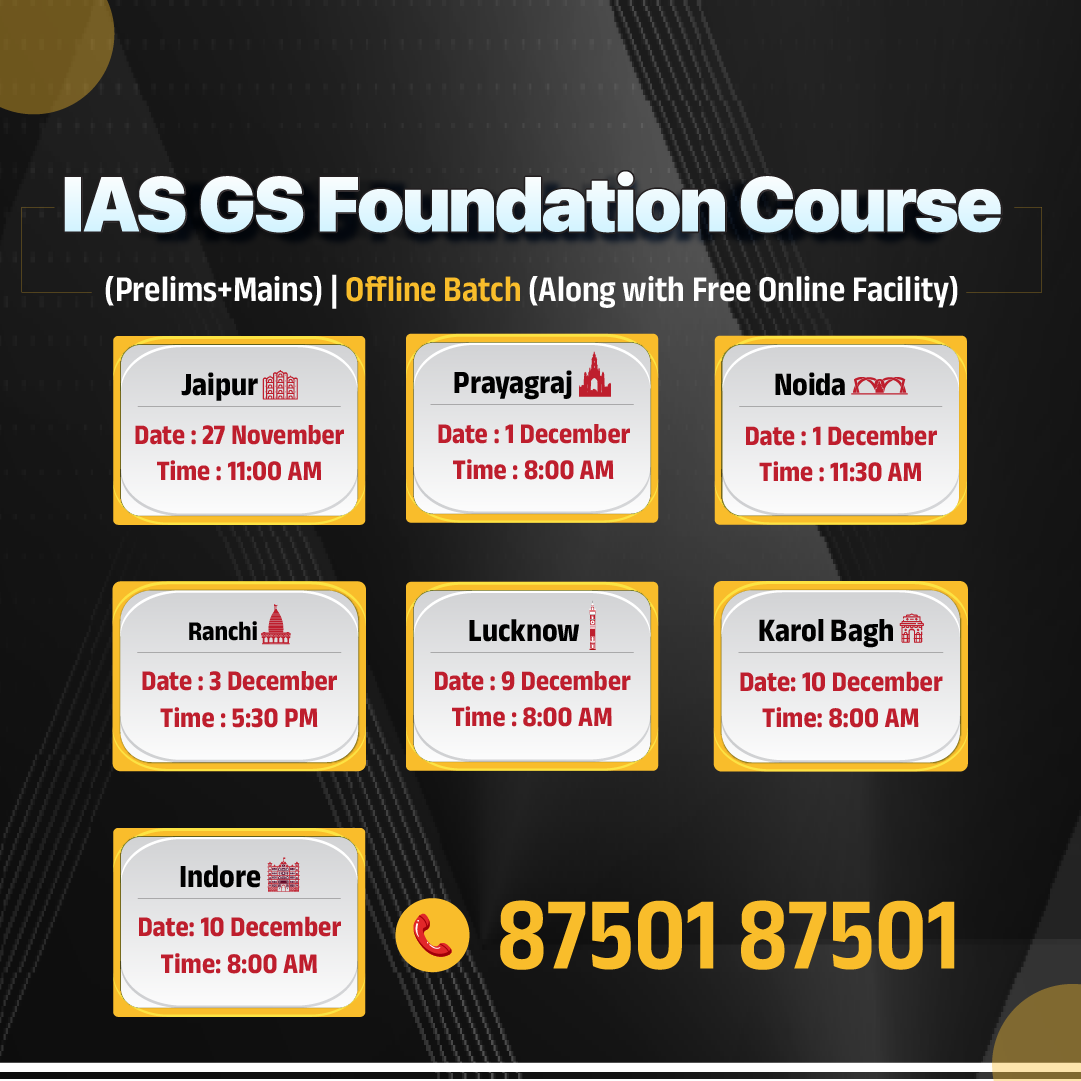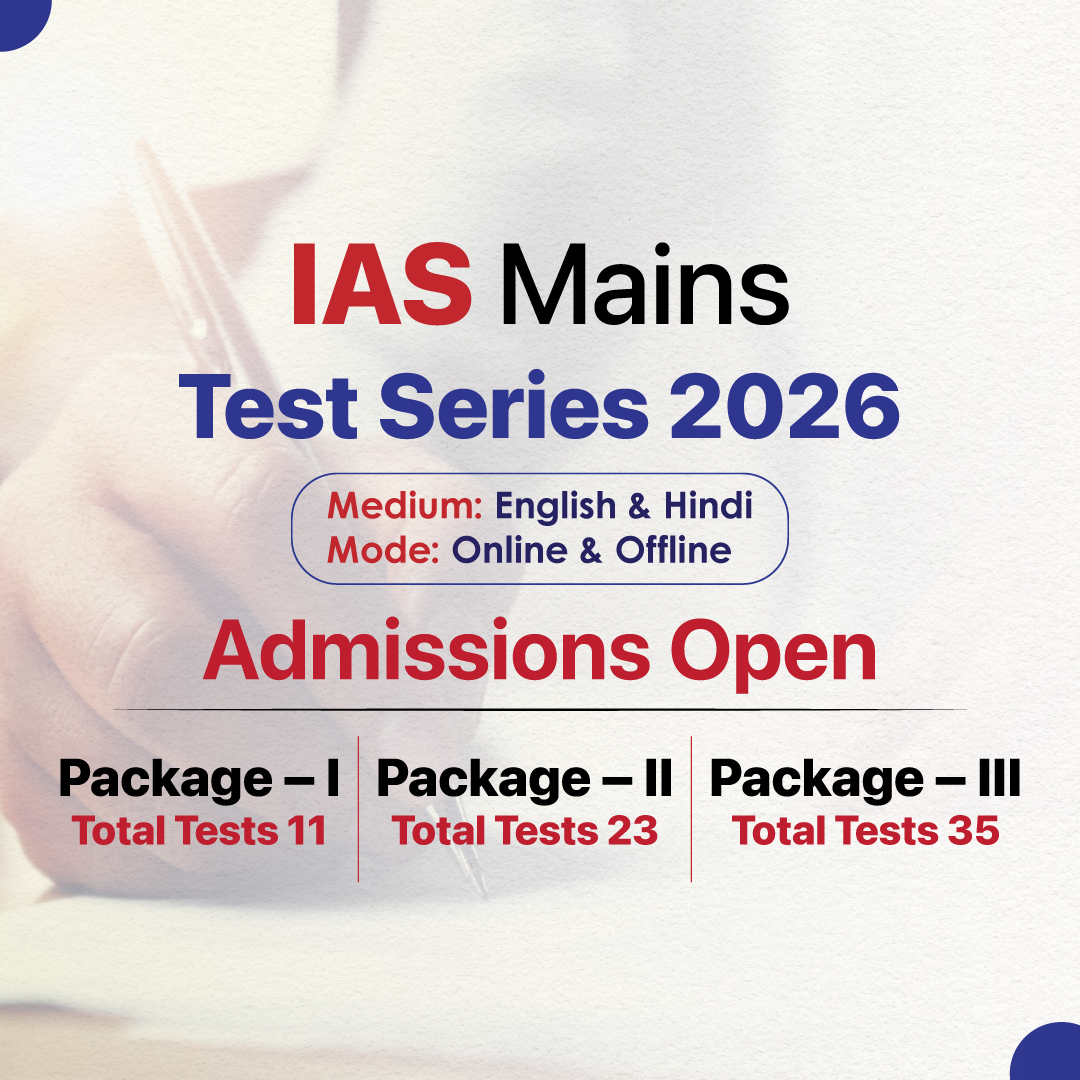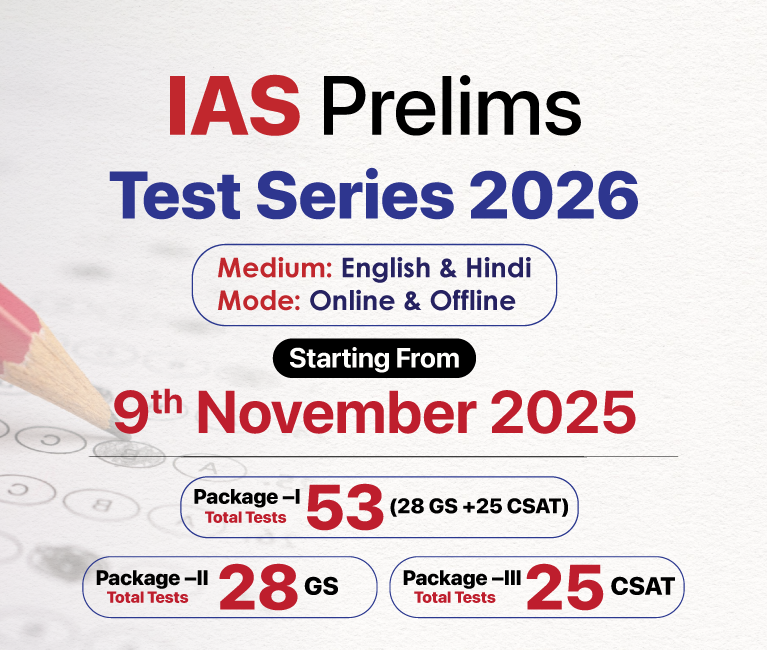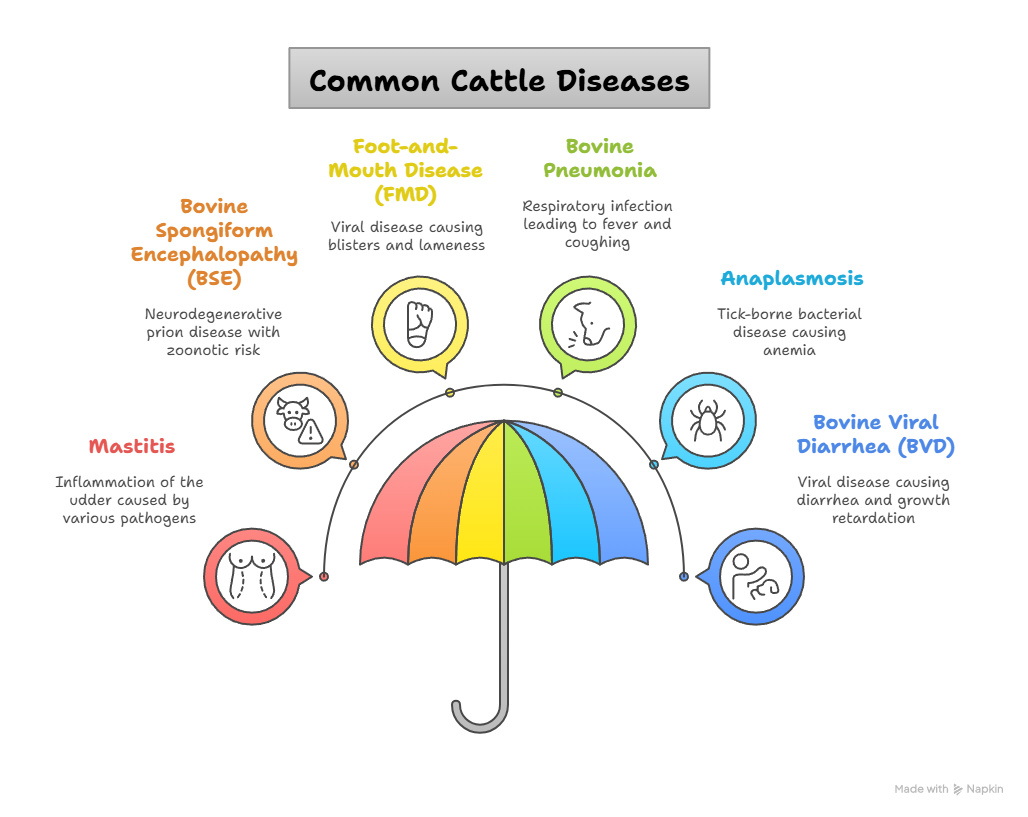Madhya Pradesh Switch to Hindi
ICAR-NIHSAD Designated as Category A Rinderpest Facility
Why in News?
India marked a significant achievement in global animal health as the World Organisation for Animal Health (WOAH) and Food and Agriculture Organization (FAO) designated the ICAR-National Institute of High Security Animal Diseases (NIHSAD), Bhopal, as a Category A Rinderpest Holding Facility.
- India is now among the six facilities worldwide trusted to securely hold rinderpest virus material.
Key Points
- NIHSAD (National Institute of High Security Animal Diseases):
- NIHSAD is India’s premier Biosafety Level-3 (BSL-3) facility high-containment lab for research on exotic and emerging animal pathogens, disease diagnosis, and bio-containment of high-risk organisms.
- Established in 1984 as High Security Animal Disease Laboratory (HSADL) and later renamed, it serves as a reference lab for avian influenza, Newcastle disease, and other transboundary and zoonotic diseases under the One Health framework.
- It functions under the Indian Council of Agricultural Research (ICAR), Ministry of Agriculture & Farmers’ Welfare.
- NIHSAD is India’s premier Biosafety Level-3 (BSL-3) facility high-containment lab for research on exotic and emerging animal pathogens, disease diagnosis, and bio-containment of high-risk organisms.
- Rinderpest:
- Rinderpest, also known as “cattle plague,” was a highly contagious and deadly viral disease until its global eradication in 2011.
- Despite eradication, Rinderpest Virus-Containing Material (RVCM) still exists in a few labs worldwide, posing a potential biosecurity threat.
- It spreads via contact with infected secretions or contaminated feed/water. Symptoms included high fever, mouth ulcers, diarrhoea, and rapid death.
- It caused massive livestock losses across Africa, Asia, and Europe, leading to economic collapse and food insecurity.
- To mitigate this, FAO and WOAH limit RVCM storage to high-security laboratories under stringent global oversight.
- Rinderpest, also known as “cattle plague,” was a highly contagious and deadly viral disease until its global eradication in 2011.
World Organization for Animal Health (WOAH)
- The WOAH, originally founded as the Office International des Epizooties (OIE) in 1924, is an intergovernmental organization headquartered in Paris, France.
- It was founded in response to the global rinderpest outbreak.
- WOAH is formally recognised under the World Trade Organisation (WTO) Agreement on the Application of Sanitary and Phytosanitary Measures (SPS Agreement) as the international standard-setting body for animal health.
- The World Assembly of Delegates is WOAH’s top decision-making body, comprising representatives from all 183 member countries, including India.
- It meets annually in Paris, with each country having one vote.
Uttar Pradesh Switch to Hindi
Lucknow's Bid for UNESCO City of Gastronomy
Why in News?
Famous for its culture, cuisine, and heritage, Lucknow has officially submitted its nomination to UNESCO’s Creative Cities Network under the “City of Gastronomy” category.
Note: Currently, Hyderabad is the only city in India to hold the title of “City of Gastronomy” under the UCCN.
Key Points
- UNESCO Creative Cities Network (UCCN):
- It was created in 2004 to promote cooperation with and among cities that have identified creativity as a strategic factor for sustainable urban development.
- Sustainable Development Goal (SDG) 11 aims to make cities and human settlements inclusive, safe, resilient and sustainable.
- The network covers seven creative fields: crafts and folk arts, media arts, film, design, gastronomy, literature and music.
- In the gastronomy sector, member cities include Alba (Italy), Arequipa (Peru), Bergen (Norway), Belem (Brazil), Bendigo (Australia).
- It was created in 2004 to promote cooperation with and among cities that have identified creativity as a strategic factor for sustainable urban development.
- Indian Cities in the UCCN (as of 2023):
- A total of 10 Indian cities are part of the UCCN across different creative fields: Kozhikode (Literature), Gwalior (Music), Jaipur (Crafts and Folk Arts), Varanasi (Music), Chennai (Music), Mumbai (Film), Hyderabad (Gastronomy), Srinagar (Crafts and Folk Arts).
Haryana Switch to Hindi
Direct Stamp Duty Benefits
Why in News?
The Haryana government has decided to allocate 1% of total stamp duty revenue to Panchayati Raj Institutions (PRIs) to strengthen their financial capacity.
Key Points
- About Stamp Duty:
- Stamp duty is a tax levied by state governments in India on property transactions, governed by the Indian Stamp Act of 1899.
- The rates for stamp duty vary by state and are an essential part of the registration process for legal documents and property ownership.
- Panchayati Raj Institution:
- The 73rd Constitutional Amendment Act, 1992 granted constitutional status to Panchayati Raj Institutions (PRIs), introducing a uniform three-tier structure across the country.
- It mandated regular elections, reservation of seats for Scheduled Castes, Scheduled Tribes, and women, and promoted the devolution of funds, functions, and functionaries to strengthen grassroots governance.
- Three levels of Panchayats (in most of the states)- gram sabhas (village or group of small villages), panchayat samithis (block council), and zila parishads (district).
- Article 243G empowers state legislatures to enable Panchayats to function as self-governing bodies for local planning and economic development.
- Constitutional Provisions for Financial Empowerment of Panchayats:
- Article 243H empowers state legislatures to allow Panchayats to levy, collect, and utilize taxes, duties, tolls, and fees.
- Article 280(3)(bb) requires the Central Finance Commission to recommend ways to supplement state funds for Panchayats based on the State Finance Commission’s advice.
- Article 243-I mandates a State Finance Commission every five years to review Panchayats’ finances and advise on tax distribution, resource improvement, and related financial matters.
- The Ministry of Panchayati Raj looks into all matters relating to the Panchayati Raj and Panchayati Raj Institutions. It was created in May 2004.
- Strengthening Financial Autonomy of PRIs:
- The state government’s decision aims to financially empower Gram Panchayats, Panchayat Samitis, and Zila Parishads, giving them greater autonomy in planning and executing local development works.
- Under this scheme, the government plans to transfer Rs 572 crore to PRIs.
- Revenue Distribution Structure:
- The government will transfer 1% of total stamp duty revenue to Panchayati Raj Institutions (PRIs), distributed as follows:
- 0.5% to Gram Panchayats
- 0.25% to Panchayat Samitis
- 0.25% to Zila Parishads
- The government will transfer 1% of total stamp duty revenue to Panchayati Raj Institutions (PRIs), distributed as follows:
- Previous Steps to Empower Panchayats:
- The government had already established inter-district councils and enabled direct fund transfers to Panchayats.
- These measures allow PRIs to carry out departmental functions independently, enhancing local governance.
Jammu & Kashmir Switch to Hindi
Reasi to Implement SMILE Scheme
Why in News?
Reasi is set to become the second district in Jammu and Kashmir, after Srinagar, to implement the SMILE (Support for Marginalised Individuals for Livelihood and Enterprise) scheme.
Key Points
- SMILE Scheme:
- The Ministry of Social Justice and Empowerment launched the SMILE scheme on 12 February 2022.
- The scheme aims to rehabilitate, reintegrate, and empower individuals engaged in begging, helping them transition into mainstream society through structured support.
- The Ministry identified 50 locations across India, including districts, towns, and cities, for scheme implementation.
- Shri Mata Vaishno Devi Temple in Reasi district is among the selected sites.
- Approval Committee Reviews NGO Applications:
- A recent project approval committee meeting evaluated proposals from Non-governmental Organizations (NGOs) interested in implementing SMILE in Reasi.
- The scheme is being implemented in Reasi district in collaboration with Prayas Juvenile Aid Centre Society.
Vaishno Devi Temple
- The temple is located at 5,200 feet in the Trikuta mountains, sees over one crore visitors annually, with a 12 km trek from Katra.
- Key Landmarks: Darshani Deodhi, Banganga, Chara Paduka, Indraprastha, Adhkuari, Garbha Joon, Himkoti, Haathi Matha, Sanji Chhat Bhavan, Sher ka Panja and Bhairon Mandir.
Maharashtra Switch to Hindi
Hindi As Third Language in Maharashtra Schools
Why in News?
The Maharashtra government has issued a new directive mandating the teaching of Hindi as a third language in Marathi and English medium schools from Classes 1 to 5.
Key Points
- Hindi as Third Language:
- The revised government resolution (GR), stated that Hindi will “generally” be the third language.
- The GR is part of implementing the State Curriculum Framework for School Education 2024, aligned with the National Education Policy (NEP) 2020.
- Students can opt for another Indian language if at least 20 students per grade in a school make such a request.
- In that case, the government will provide either a language teacher or online instruction.
- The directive makes Marathi compulsory across all school mediums and mandates inclusion of the medium of instruction, Marathi, and English under the three-language formula.
- NEP 2020 and the Three Language Formula:
- NEP 2020 Policy: Mandates that students learn three languages, with at least two being Indian languages.
- Changes from Previous Policies: Unlike the NEP 1968, which required Hindi, English, and a regional language, NEP 2020 offers flexibility in language choices, allowing states and students to decide their language preferences.
- Regional Flexibility: The policy promotes multilingualism by respecting cultural and regional diversity, giving states and students the freedom to select languages.
Evolution of the Three Language Formula
- Article 351 of the Constitution: Directs the Union to promote the spread of the Hindi language.
- Kothari Commission (1964-66): Introduced the idea of the three-language formula, which was later included in the National Policy on Education (1968).
- NEP 1968: Recommended the use of regional languages in primary and secondary education and advocated for their adoption at the university level as well.
- 1992 Programme of Action: Suggested that the mother tongue or regional language should be the medium of instruction at the pre-school level.
- Right to Education Act, 2009: Stated that, whenever possible, the medium of instruction should be the child’s mother tongue.
- NEP 2020: Advocates for using the home language, mother tongue, local language, or regional language as the medium of instruction at least until Grade 5, with a preference for extending this till Grade 8 and beyond.
Haryana Switch to Hindi
India’s largest Gati Shakti Multimodal Cargo Terminal
Why in News?
India’s largest Gati Shakti Multi-Modal Cargo Terminal was inaugurated in Manesar, Haryana.
Key Points
- About the Terminal:
- It is developed under the Prime Minister’s Gati Shakti National Master Plan.
- The terminal aims to strengthen multimodal connectivity, streamline freight movement nationwide, and boost Haryana’s position as a leading automobile manufacturing hub.
- It is a joint venture of Haryana Rail Infrastructure Development Corporation Ltd (HRIDC), Haryana State Industrial and Infrastructure Development Corporation (HSIIDC) and Gurugram Metropolitan Development Authority (GMDA).
- Significance:
- Enhanced Freight Connectivity: The terminal will link vehicle consignments from Maruti’s Manesar and Gurugram plants to 17 hubs across 380 Indian cities.
- It will also connect to major export ports such as Pipavav and Mundra in Gujarat.
- Support to the Automobile Sector: Haryana produces nearly 50% of India’s cars.
- The internal railway siding built by HRIDC at Maruti supports the state’s commitment to ‘ease of doing business.’
- First Cargo Train: The first cargo train from the terminal was flagged offl.
- Enhanced Freight Connectivity: The terminal will link vehicle consignments from Maruti’s Manesar and Gurugram plants to 17 hubs across 380 Indian cities.
PM Gati Shakti National Master Plan
- About: It was launched in 2021 with the aim of transforming India’s infrastructure in five years.
- It has been developed as a Digital Master Planning tool by BISAG-N (Bhaskaracharya National Institute for Space Applications and Geoinformatics).
- Purpose: The plan seeks to speed up project execution, cut delays, break inter-ministerial silos, and enhance India’s ease of living and global competitiveness through world-class infrastructure.
- Key Features:
- Digital Integration: A unified digital platform connecting 16 ministries for coordinated planning and execution.
- Multi-Sector Collaboration: Integrates major programmes like Bharatmala, Sagarmala, inland waterways, dry ports, and UDAN.
- Economic Zones: Focuses on developing clusters and corridors in textiles, pharmaceuticals, defence, and agriculture.
- Use of Technology: Uses advanced spatial tools and ISRO satellite data for better planning and real-time monitoring.
- Key Drivers: Seven core sectors drive growth and connectivity, supported by energy, IT, water, sewerage, and social infrastructure for seamless logistics and synergy.
- Six Pillars: The six pillars of PM Gati Shakti are Comprehensiveness, Prioritisation, Optimisation, Synchronisation, Analytical Capability, and Dynamic Monitoring.
Jharkhand Switch to Hindi
Jharkhand to Control Sickle Cell Disease
Why in News?
On World Sickle Cell Awareness Day (19th June), CM Hemant Soren reiterated Jharkhand’s commitment to combating sickle cell disease, emphasising a comprehensive approach to treatment and awareness.
- The CM emphasised that raising awareness and increasing screening to ensure early diagnosis and treatment are crucial in eradicating sickle cell disease.
- He urged collective efforts from government bodies, healthcare professionals, and organisations like UNICEF to combat the disease.
- World Sickle Cell Disease Day: The World Sickle Cell Disease Day is observed on 19th June. The United Nations General Assembly adopted a resolution recognising SCD as a public health problem on 22nd December 2008.
- The UNGA also recognised SCD as one of the first genetic diseases.
Sickle Cell Disease (SCD)
- SCD is an inherited disorder where abnormal haemoglobin causes red blood cells (RBCs) to become rigid and sickle-shaped, impairing their ability to carry oxygen.
- Symptoms:
- Chronic Anaemia: Leading to fatigue and weakness.
- Painful Episodes: Sudden and severe pain, known as sickle cell crises.
- Delayed Growth and Puberty.
- Treatment:
- Blood Transfusions: Relieve anaemia and reduce pain crises.
- Hydroxyurea: Reduces painful episodes and complications.
- Bone Marrow/Stem Cell Transplantation: Potential cure.


.png)




.jpg)























.png)


.jpg)

 PCS Parikshan
PCS Parikshan


